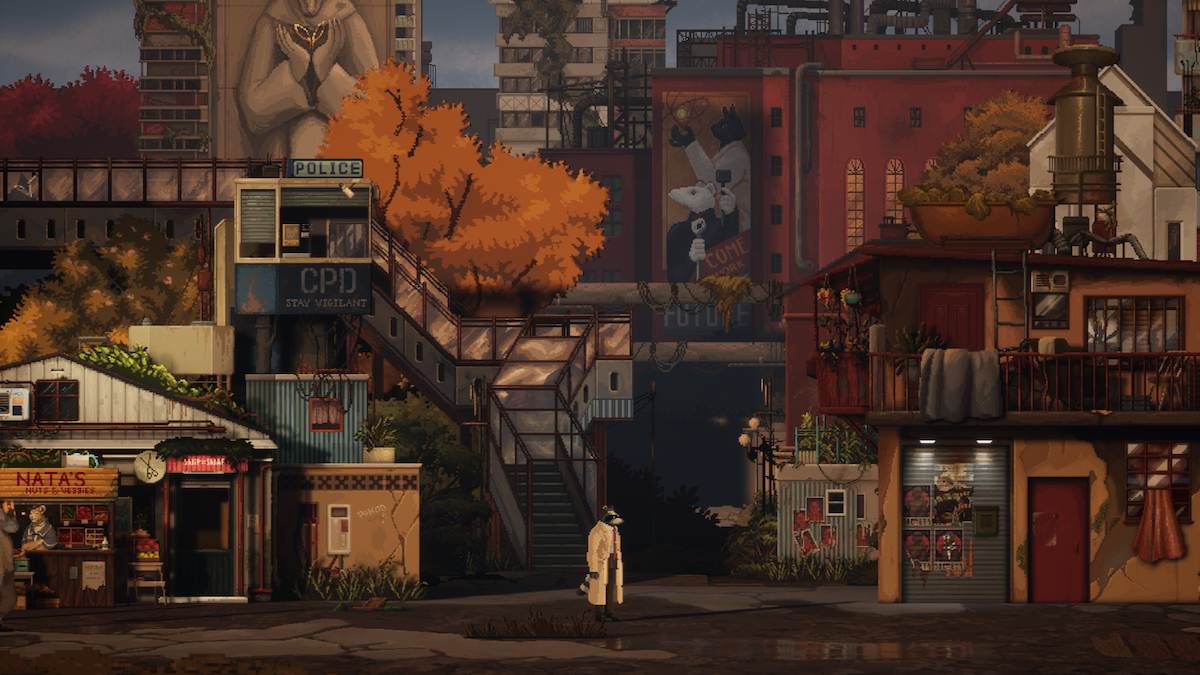There’s a lot to both love and loathe about Super Mario 3D All-Stars, Nintendo’s new Mario compilation-cum-cash grab.
The good: It gives you three of the greatest video games ever made—1996’s Super Mario 64, 2002’s Super Mario Sunshine and 2007’s Super Mario Galaxy—on a single, tiny Nintendo Switch cartridge. All games have been given the high-definition treatment, and two of its three titles—Sunshine and Galaxy—are being properly remastered and re-released for the very first time. And, of course, all three games are fully playable in the Switch’s handheld mode with only a slight visual downgrade, which might be the best part of the package.
The bad: Nintendo unveiled the game on September 3, only a few weeks ahead of its September 18 release date. The big reveal was accompanied by the troubling announcement that this would be a limited release, with all physical and digital sales of the game officially ceasing on March 31, 2021.
There’s some precedent for this, as Nintendo has a history of manufacturing scarcity and mismanaging supply. Its NES Classic Edition, a miniaturized version of the original Nintendo Entertainment System that came preloaded with 30 games, quickly sold out everywhere and became an expensive collector’s item after it was released in 2016—that is, until it was reissued a couple of years later.
Nintendo’s “time-gating” of a product that should, by all accounts, be perennially available is annoying for consumers. But it presents its own set of challenges for smaller retailers (which, if we’re being honest, is anyone other than Amazon), some of whom had difficulty securing copies of 3D All-Stars from their distributors in the two weeks between the game’s reveal and release. Notably, the UK web retailer Base.com was forced to issue refunds when it realized pre-orders for the game had greatly outpaced the amount of product it was set to receive.
Video game news site Eurogamer published an email Base.com sent its customers informing them their orders had been cancelled; “…as Nintendo and their UK distributers [sic] are unable to give us any reassurance that more stock will become available after release, we have taken the regrettable decision to cancel all orders.”
Under normal circumstances, this would just be business as usual. In today’s climate—when video games offer a much-needed respite from the unrelenting horrors of the modern world—Nintendo’s Disney Vaulting seems especially weird and avaricious. Mario might be the one thing we can all agree on; good luck finding a physical copy of his new game.
So, it’s been difficult to extricate Super Mario 3D All-Stars from the context surrounding its release—and it’s hard to have a discussion about this game that isn’t at least partially contaminated by bitterness towards Nintendo for what is a truly boneheaded rollout.
There are the technical quibbles as well. All games are running on an emulator, some of the more outdated aspects of these games haven’t been corrected in any way and there’s a serious dearth of incentivizing extras. Even the start-up menu is stock and sterile, which hints at something many gamers have suspected; this collection was thrown together hastily, and what you see is what you get.
Nevertheless, what you get is pretty great. Playing a Mario game for the first time can be a life-altering experience. Mario isn’t just the de facto gateway into video games—he’s responsible for galvanizing the imaginations of millions.
Returning to Mario games as an adult, then, is a therapeutic experience, and Super Mario 3D All-Stars is a slow, steady drip of serotonin-soaked nostalgia. You could argue all day about which of these three games is the best or has aged the greatest, but it’d be a waste of time; the best game in this collection is probably going to be the game you have the fondest memories playing.
That said, they each have their own objective strengths and weaknesses. Super Mario 64 is the most significant of the bunch from a historical standpoint, having single handedly ushered in “proper” 3D gaming in the mid-’90s. For zoomers and younger millennials who came of age in a post-Grand Theft Auto IV gaming environment, that’s likely all this game will seem—a relic of immense technological and cultural importance that is ultimately confined to its time and absolutely infuriating to play.
Super Mario Galaxy exists on the opposite end of the spectrum. It’s a linear game that prioritizes micro novelties over sweeping attempts at innovation; it’s clever and chaotic and plays like a composite of everything that has ever made a Mario game great. Of the three, it is simply the most fun to play, and it benefits the most from the HD overhaul.
But the game I find myself returning to the most is the series’ black sheep, Super Mario Sunshine—a title that attempted to break ground but tripped over its shoelaces and fell face first into a pile of dog shit.
Sunshine’s gameplay centers around F.L.U.D.D.—a water pump that Mario uses to clean up the polluted Isle Delfino, the game’s tropical setting. Sunshine is by no means perfect—and a bastardized control scheme makes sections of the 3D All-Stars port nearly unbearable—but it is the 3D Mario game with the most consistent vision.
64 and Galaxy are pure escapism; they’re apertures into fantastical virtual terrariums that bear little resemblance to Earth. By comparison, Sunshine’s quasi-realistic theme parks, crystalline beaches and quaint harbor towns seem just out of reach. Sunshine is about a vacation that goes horribly wrong, which is fitting—it makes me homesick for a better version of the real world.






